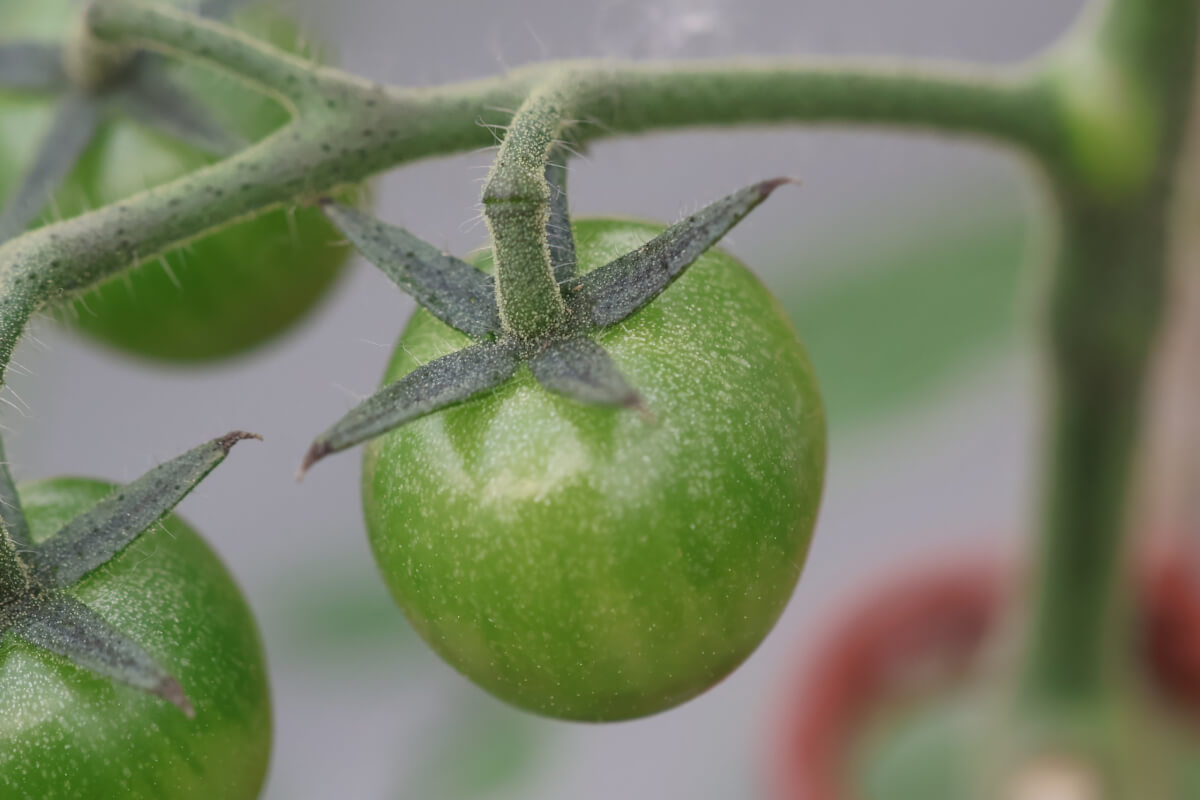We talked a little about plant nutrition this season, it’s time for us to address the so called elephant in the room. And that is tomato plant nutrition!
A lot of people struggle with achieving “great” tomato plant health and there’s a really good reason for this. Unlike the overwhelming majority of plants, tomatoes have some specific nutritional needs that most common fertilizers don’t specifically address.
Getting into the specifics, tomatoes need more magnesium and calcium that almost any other plant. While these micronutrients are often found in soils, they are often not in sufficient quantity to appease the tomato plant.
When looking for fertilizers, you will find “tomato specific” fertilizers and it’s for exactly this reason. They will specifically have magnesium and calcium that will address these two nutritional needs specifically. We have used several, but these days we go for Jack’s Tomato-Feed as our go-to source. You can also supplement a typical all-purpose fertilizer with a CalMag addition. While some people use epsom salts, this only gets you halfway there since it is missing the essential calcium.
Magnesium deficiency will typically present as a leaf yellowing, specifically between the veins on the tomato’s leaf. Unlike a nitrogen deficiency, which will present similarly, in a magnesium deficiency, the veins will remain green for some time. The condition is called intervein chlorosis.
A calcium deficiency is familiar to many, resulting blossom end-rot. This is where the very tip of the tomato, furthest from the stem, will turn black and rot out. It is important to address the calcium uptake needs before this happens as there’s no way to correct it once it has occurred.
We typically start to address the calcium and magnesium requirements once we’ve transplanted. Our tomatoes are offered calcium and magnesium from transplant to final harvest, or the overwhelming bulk of flower and tomato production time. Young tomatoes rarely see these deficiencies and if they do, it’ll rarely harm the plant if you address it at transplant.
This nutritional requirement is also present in other nightshades such as eggplants and garden huckleberries. Even peppers have a small requirement for these two micronutrients, but rarely do you need to supplement in such quantities. But, to be on the safe side, we generally address these plants with both calcium and magnesium.


